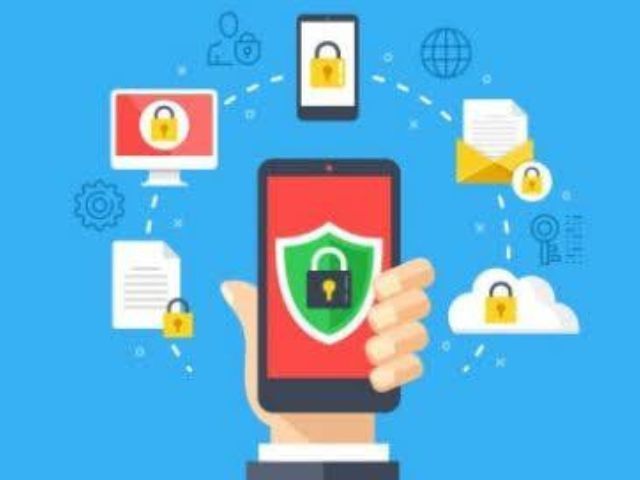What Does Proactive Cybersecurity Entail?
Most MSPs claim they offer proactive cybersecurity consulting. Businesses across the board want to prevent cyberattacks and data breaches from happening, and MSPs would prefer to brainstorm safeguards instead of troubleshooting time-sensitive downtime events Cybersecurity isn't always easy to understand, but we're going to give it some time to explain itself.
Understand the threats you're facing
Before an SMB can begin working towards preventing cyber-attacks, every member of the organization must understand exactly what they're dealing with, such as a ransomware attack, malicious software, etc. Regardless of whether you're working with in house IT staff or an MSP, you should review what type of attacks are most prevalent in your industry. Your team should spearhead this review at least once a year.
Reevaluate what it is you're protecting
Once you've identified the biggest threats to your business, you need to look at how they affect the different parts of your network. Figure out which companies have devices connected to the Internet, what kind of data they have access to (regulated, mission-critical, low importance), and what security controls are currently securing those devices.
Create a baseline of protection
Reviewing current trends in the cybersecurity industry and assessing your current security control framework allows you to begin to gain a better understanding of where you need to focus your efforts.
To improve your cyber security approach, you first need to understand where your current security posture is. Designate a few real-life situations and simulate them on your computer network. A network penetration test performed by an experienced IT professional will help pinpoint weaknesses in your current framework.
Finalize a plan
These pieces will help you figure out what your next strategy needs to be. Working with an experienced technology consultant throughout the entire project, you can easily synthesize the results of your simulation to develop a multi-pronged approach to proactive cyber security.
| Proactive measure | What it entails |
|---|---|
| Security awareness seminars for all internal stakeholders | Train everyone from the receptionist to the CEO about effective security practices such as password management, proper mobile device usage, and spam awareness. |
| Updated anti-malware software or cloud-based service | Protect your data and systems against the latest and most menacing malware. |
| Routine software patches and upgrades | Minimize the chances of leaving a backdoor to your network open. |
| Web filtering services | Blacklist dangerous and inappropriate sites for anyone on your network. |
| Perimeter defenses (e.g., intrusion prevention systems and hardware firewalls) | Scrutinize everything trying to sneak its way in through the borders of your network. |
| Policy of least privilege | Limit users' access only to the data they need to fulfill their tasks. |
| Data segmentation | Rank data according to sensitivity and build micro-perimeters around high-value datasets. |
| Full-disk encryption | Make data stored in computers and portable devices unreadable so that if these machines are stolen, the files they have inside remain secure. |
| Virtual private networks | Make data transmitted across unsecured connections unreadable so that intercepting it would become futile. |
| Strict access controls | Prevent unauthorized access to accounts by using strong passwords, multifactor authentication, and auto screen locks and logouts for idle users. |
| AI-powered network monitoring | Identify suspicious user and software behaviours such as employees accessing files outside their departments. |
Once you start focusing on preventing downtime events rather than reacting to them, the performance and efficiency of your IT infrastructure will improve to levels you've never dreamt of. To start your journey towards better cyber security, give us a call today for a demonstration.
Recent Posts











